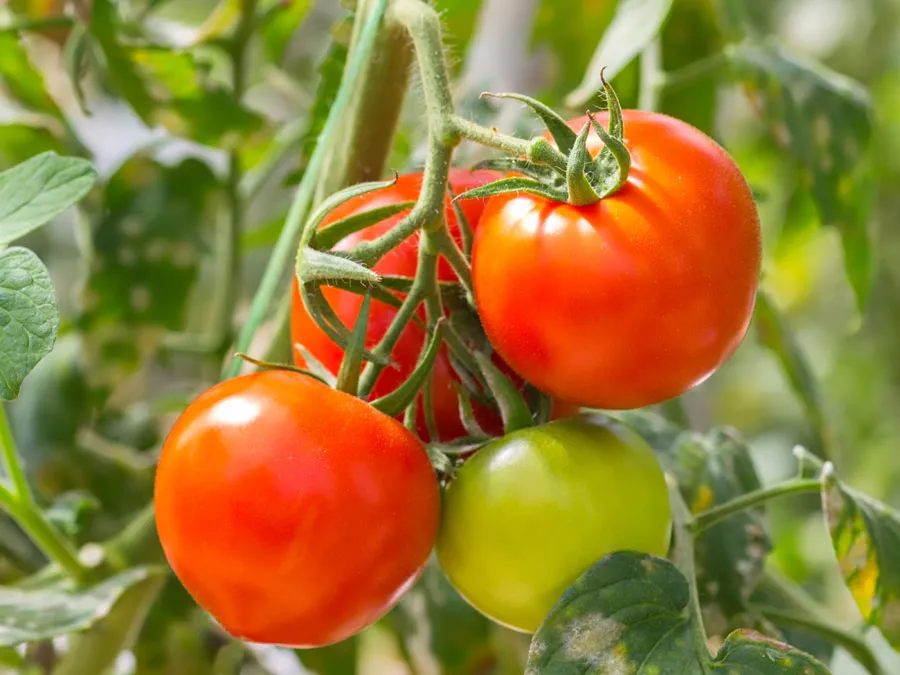You’ll probably find a broad selection of interesting-looking tomatoes in your neighborhood grocery store or farmers market, each with their own features, measurements, and flavors.
There is always a delectable recipe you can use tomatoes in, whether you want smaller cherry or grape tomatoes in a simple grain salad, enormous and colorful heirloom tomatoes for a tomato pie, or tomatoes on the vine for a wonderful rice meal like arroz con gambas.
However, you’ll need to know how to store tomatoes to keep them in prime condition if you want to ensure that your dishes are fresh and delectable.
Tips for Choosing the Best Tomatoes
Timing is crucial when deciding which tomatoes to buy and enjoy at home. LeHoullier advises choosing tomatoes at the “breaker stage,” when they are half-ripe, as opposed to completely ripe tomatoes unless you intend to utilize them right away.
LeHoullier asserts that allowing tomatoes to fully ripen on the vine drastically diminishes their shelf life. This increases the likelihood of cracking and animal damage. Half-ripe tomatoes that are allowed to fully ripen off the vine have a flavor that is quite similar to tomatoes that have fully ripened on the vine.
Keeping Whole Tomatoes Fresh
You don’t need any specialized equipment or containers to keep entire tomatoes at home. According to LeHoullier, it is best to leave fresh, whole tomatoes out on a counter or kitchen table rather than storing them in the refrigerator. You may either place them in a dish or just leave them out.
In fact, according to LeHoullier, he occasionally keeps his recently harvested tomatoes on a table in his garage. In order to prevent the tomatoes from ripening too soon, LeHoullier advises keeping them out of direct sunshine. LeHoullier also stated that whether you store the tomato with the stem facing up or down usually makes no difference.
Why Whole Tomatoes Should Not Be Stored in the Refrigerator
Fresh whole tomatoes will probably lose some of their flavor and texture if they are placed in the refrigerator. LeHoullier explains, “The texture [of tomatoes stored in the refrigerator] changes to something a little more mushy, which I don’t find at all pleasant.” “The fruit undergoes modest chemical changes as a result of cooling, which vary the flavors. I enjoy tasting the exact flavor that the tomato’s genes were designed for. To preserve your tomatoes’ true natural flavor, avoid refrigerating them.
How to Store Sliced Tomatoes
Sliced tomatoes are an exception to the “no-refrigeration” rule. Don’t leave a tomato’s remaining half on the counter if you only utilize half of it. LeHoullier advises keeping chopped tomatoes in an airtight storage container or tightly wrapped in plastic wrap.


